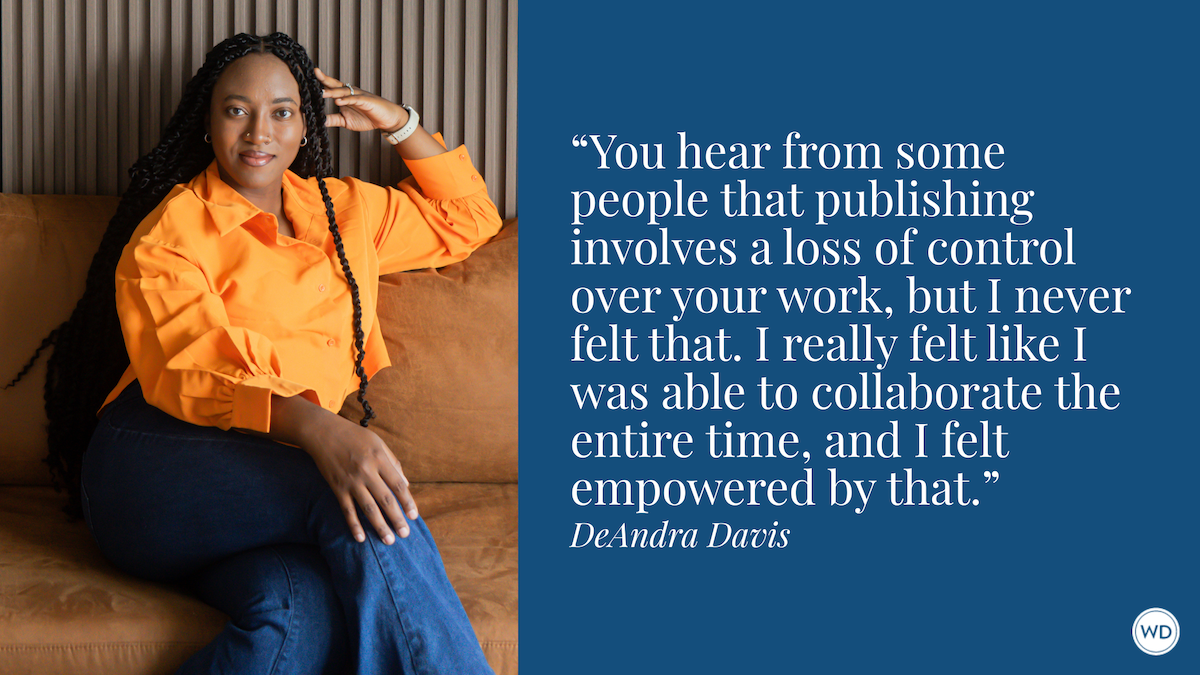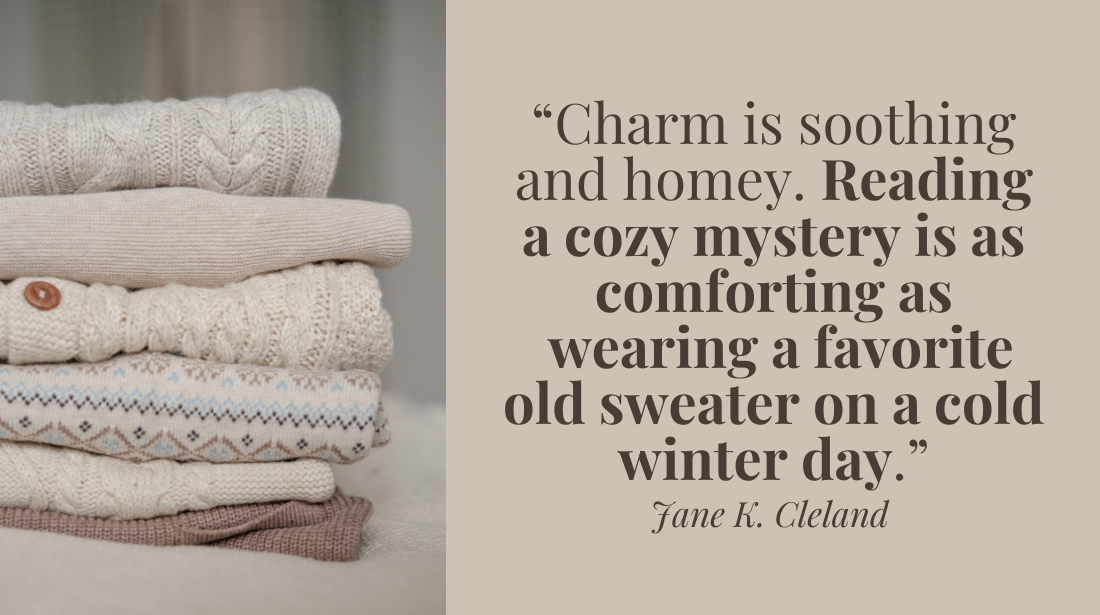5 Tips for Writing Witty Banter Your Readers Will Love
Author Anna E. Collins shares her top five tips for writing witty banter your readers will love.
If you ask any rom-com reader what they expect from the genre, I believe witty banter will make the top five. You know, the kind of quick and clever, rapid-fire dialogue that often ignites sparks of curiosity and amps up the connection between the love interests.
That’s not to disparage witty banter between fictional friends and family members, of course—the more WB the better, I always say—but there is something special about two strangers gently and flirtatiously goading each other into mutual smiles, and then mutual feels. It’s one of the things that makes us readers smile goofily at the page, after all.
But how do you write it? Do you have to be a naturally funny person to get it right? Read on for a few quick tips on verbal sparring that could make your next rom-com zing.
1. The tease
I think of teasing as the cornerstone of witty banter. Perhaps the heroine is stick-shift challenged as in my new release Worst in Show or the hero eats his sandwich with a knife and fork like in my debut Love at First Spite, both of which are situations that lend themselves well to a light jab. Find those spots and go for it. Think about what you’d tease your sibling or your friend about (or perhaps there is something your younger self did that you now laugh about) and use those situations to your advantage.
There is a caveat here, however. Whether your love interests already know each other or have just met, whether they are friends or enemies, on some level they must like each other for the tease to land as witty banter. They might not know they like each other just yet, but the underlying feeling still needs to be good-natured. Without that, a tease can quickly sound rude, lose all playfulness, and create a power imbalance. A good way to ensure this doesn’t happen is to also include…
2. Self-deprecating digs
No one likes a person who can only dish it out. One of the main functions of witty banter is to build a quick connection and familiarity between the lovers on the page. After all, as authors we only have so many chapters to work with.
Characters (like people IRL) who can joke about their own shortcomings are more likely to be perceived as relatable, humble, and friendly, and consequently, that primes us to interpret their teasing as benign. It also adds another quintessential ingredient to the relationship—vulnerability. So why not let your MC crack a joke about her terrible cooking (who doesn’t remember Bridget Jones and the blue soup?), let her love interest agree with a teasing remark, and then build on that, perhaps with another ingredient of witty banter, namely…
3. Puns
My rom-coms tend to be on the more light-hearted side of the angst spectrum, so while I know they’re not for everyone, I love me a cheesy pun. Case in point, Leo in Worst in Show makes liberal use of them as his online alter ego, engaging Cora in a riddle battle that speaks to her childhood nostalgia and thus sets her at ease. Since witty banter adds an aspect of cleverness to the characters, puns are also a great way to show off their quick thinking and situational awareness.
Now, early in a relationship, innocent word puns might feel most natural, but as the romance arc progresses, might I suggest its more risqué cousin, the double entendre? Perfect for upping the flirting game, witty banter with double entendres lets the characters entertain the possibility of moving beyond friendship and tests the romance waters by how their sparring partner reacts. Cue light blushing and meaningful gazes. They might even extend the repartee through intentional misunderstandings (is she talking about cucumbers or cucumbers?) or, my favorite…
4. Surprising honesty
Characters engaged in witty banter must be prepared for anything, but some of the best dialogue comes from one character responding in an unexpected way. Admitting faults, feelings, and/or desires in response to, say, teasing about mismatched socks will take the conversation in new directions that keep both the characters and the readers guessing. Honest communication is energizing, sexy, and inviting—great primers for witty banter.
So why not mix and match? Let your hero and heroine tease a little, twist some words, make a suggestive pun, then bam—truth bomb! Not only will it keep the dialogue fresh, but it infuses the relationship with vitality and forward motion. Because in the end, what we really want is for the two to get to know each other better and to find out how they fit together, and you can’t do that without honesty!
5. Speed
My final tip is more about the craft of writing banter that flows than about its contents. Witty banter runs like water. It’s quick, it’s snappy, and it doesn’t contain excessive information. For me, that means I scrap most dialogue tags. No “he said” “she said.” We typically know who is talking anyway, and if needed, an action beat does the trick—a sassy tilt of the chin, a raised eyebrow, or maybe a suppressed smile to avoid letting your rival know you’re melting a little at his wordplay.
I also highly recommend scrapping first names in dialogue, and never more so than in the banter-y kind. If only two people are conversing, their words (and, if needed, an action beat) should make clear who is talking, and if you listen to conversations around you, most people do not use first names when talking to their friends and partners. It just doesn’t sound natural.
Which brings me to my concluding recommendation. If you want to write witty banter that readers will love, read your dialogue out loud to yourself. It should be concise, roll off your tongue, and make you smile. Bonus points if you read it to someone else and it makes them smile. That’s when you know you’ve really done it—you’ve nailed your witty banter.
No pun intended.
Check out Anna E. Collins' Worst in Show here:
(WD uses affiliate links)
Anna E. Collins is an award-winning Seattle-area author of contemporary romantic comedies and women’s fiction. Her work has earned praise from Kirkus, Publisher’s Weekly, Booklist, and Library Journal, as well as coverage in USA Today, Woman’s World, and Popsugar, among other outlets. Once upon a time, Anna was a high school teacher in Sweden, but after moving to the US with her American husband and two children, she realized she had stories to tell. When not writing, reading, or raising teens, Anna can be found exploring other creative pursuits such as drawing and singing, as well as snuggling with her mini goldendoodle, Archie, who is a Very Good Boy. (Photo credit: Lori Burkman)








